-

Safety Spectacles Storage Boxes
From £59.99 To £98.99Supplied in: Single -
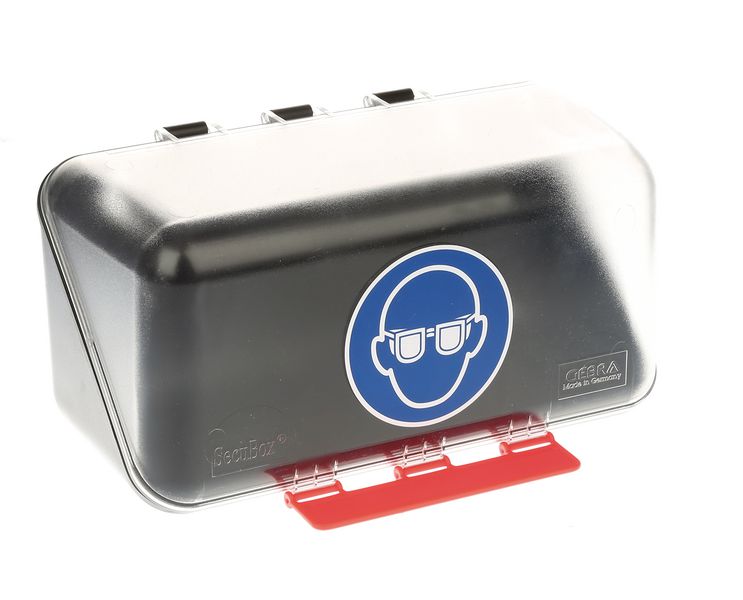
Gebra PPE Single Storage Boxes - Eye Protection
From £17.99 To £37.99Supplied in: Single -

Acrylic Eye & Face Protection Dispensers
From £21.73 To £79.99Supplied in: Single -

Delta Plus Clear Safety Goggles
£9.99Supplied in: Single -

Bollé® Silium Safety Glasses
£8.49Supplied in: One pair -

Delta Plus Clear Safety Glasses
£2.79Supplied in: Single -

JSP® Overspec & Vivispec Scratchproof Spectacles
£2.49Supplied in: One pair -

Honeywell Armamax® Overspecs
£7.49Supplied in: One pair -

JSP® Economy Impact Goggles
£1.95Supplied in: One pair -

3M™ 2890 Safety Goggles
From £13.99 To £14.19Supplied in: One pair -

Vented Goggles
£5.11Supplied in: Single -

Delta Plus Single Lens Safety Glasses
£2.35Supplied in: Single -

Bollé® Bandido Safety Specs
£5.49Supplied in: One pair -

Honeywell A800 Safety Glasses
£5.99Supplied in: One pair -

Bollé® Blast Cover Safety Goggles
From £8.99 To £13.99Supplied in: One pair -
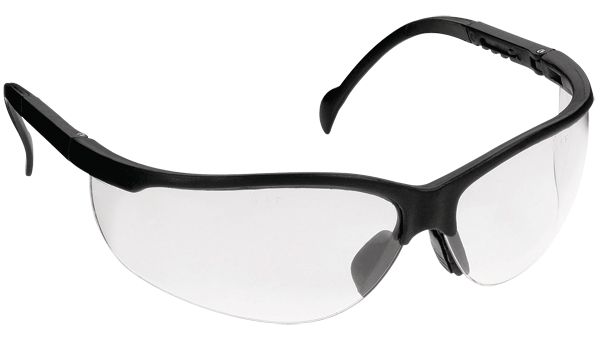
JSP® M9800 Panoview Specs
£4.99Supplied in: One pair -

JSP® Stealth 7000 Safety Glasses
£3.99Supplied in: One pair -

Bollé® Eyewear Cleaning Wipes Dispenser
£42.99Supplied in: Single kit -
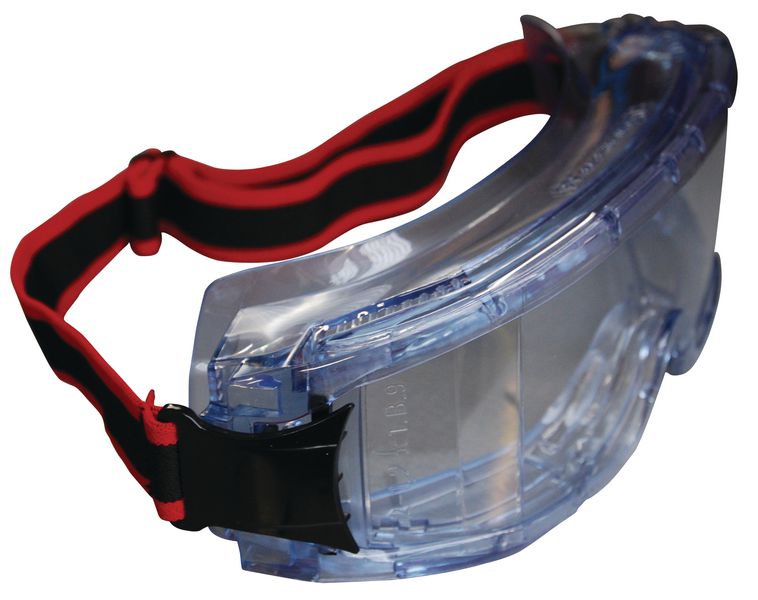
JSP® Atlantic Safety Goggles
£6.99Supplied in: One pair -

Uvex Lens Cleaning Wipes for Safety Glasses
£17.99Supplied in: Pack of 100 -
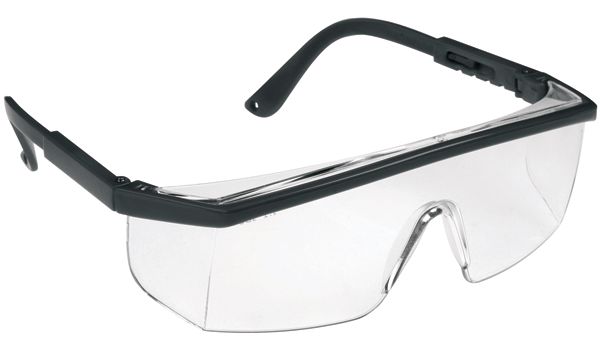
JSP® M9100 Specs
£2.99Supplied in: One pair -

Bollé Lens Cleaner Water-based Cleaning Spray
From £8.49 To £11.89Supplied in: Single -

Bollé® Universal™ Safety Glasses
£7.99Supplied in: One pair -
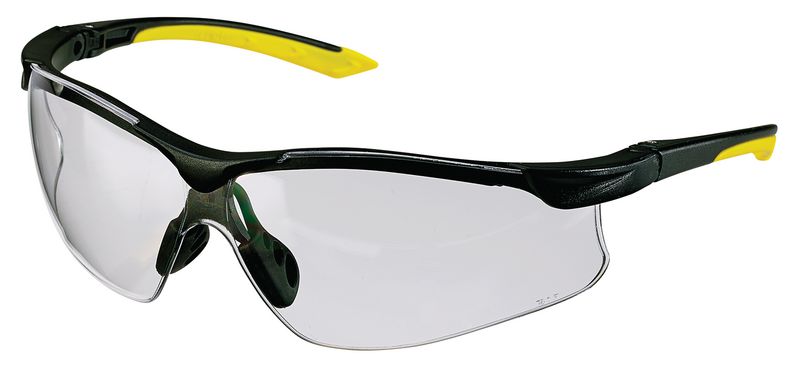
Wraparound Safety Glasses
£3.99Supplied in: Single -

Delta Plus Visitors Safety Spectacles
£2.49Supplied in: Single -

Bollé® Lens Cleaning Station
£26.99Supplied in: Single kit -

Uvex AstroSpec 2.0 Safety Glasses
£10.99Supplied in: One pair -

3M™ OX Series Overspec Safety Goggles
From £7.99 To £9.85Supplied in: One pair -
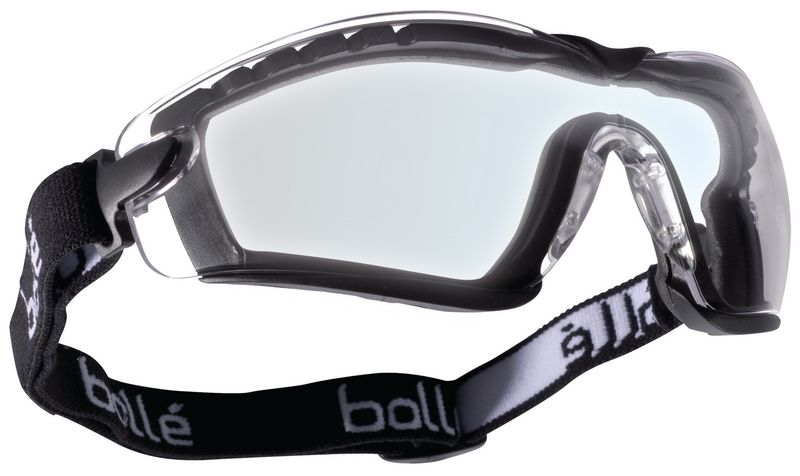
Bollé® Cobra Safety Goggles and Mask
£10.99Supplied in: One pair -

Honeywell A700™ Safety Glasses
£4.49Supplied in: One pair -

Honeywell SP1000™ Safety Goggles
£14.99Supplied in: One pair -

Bollé® Lens Cleaning Wipes Pack of 200 in Dispenser Box
£6.99Supplied in: Pack of 200 -

Uvex Skyguard Safety Goggles
£16.88Supplied in: One pair -

Honeywell Op-Tema Safety Specs
£5.43Supplied in: One pair -
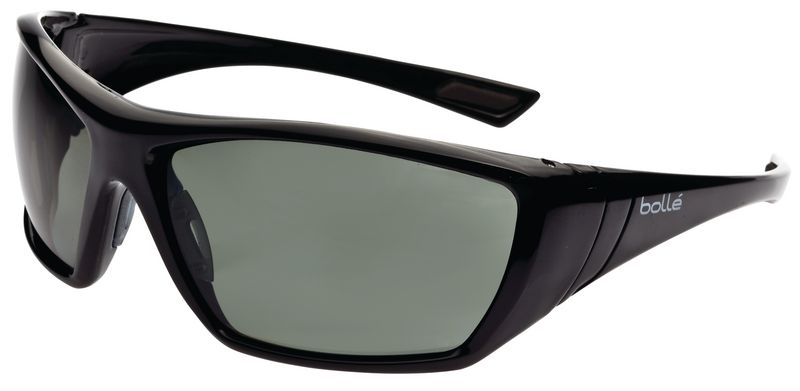
Bollé® Hustler Safety Glasses
£10.99Supplied in: One pair -
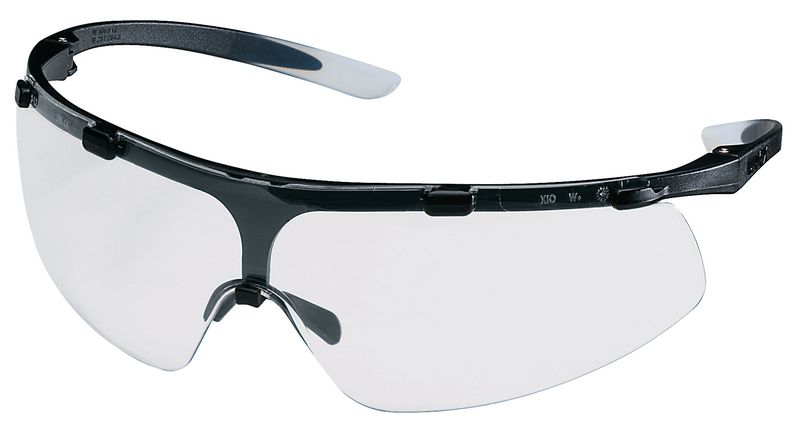
Uvex Super Fit Safety Glasses
£11.99Supplied in: One pair -

Ergonomic Safety Glasses
£9.30Supplied in: One pair -

Delta Plus Polycarbonate Safety Glasses
£3.99Supplied in: Single -

JSP® Stealth 9100™ Safety Goggles
£13.87Supplied in: One pair -

Bollé® Chronosoft Pompier Safety Goggles
£48.99Supplied in: One pair -

Uvex Pheos Safety Glasses
£8.99Supplied in: One pair -

Uvex Pheos Guard Safety Glasses
£15.99Supplied in: One pair -

Honeywell XC® Safety Glasses
£9.99Supplied in: One pair -

Uvex Ultrasonic Goggles
£20.76Supplied in: One pair
Eye Protection
Need help?
 What eyewear do I need for the hazards in my workplace?
Get the Eye Protection You Need With Fast, Easy Delivery
What eyewear do I need for the hazards in my workplace?
Get the Eye Protection You Need With Fast, Easy Delivery
There are several common hazards in the workplace that can result in damaging eye injuries, but many of these can be prevented if the correct eye protection is used. At Seton, we stock a variety of safety goggles and glasses in a range of styles to suit different applications.
It’s important to choose the right type of eye protection for specific tasks and individuals to ensure you get the best level of protection and a comfortable fit. This will enable employees to conduct their work safely, effectively and confidently, reducing the risk of injuries and helping to fulfil health and safety obligations.

Expert Information
Also discover:
PPEHead protectionSafety glovesFall arrest system Ear defendersBreathing protectionSafety footwearSafety GlassesSafety Goggles
Making the appropriate eye protection available for your employees can reduce the risk and severity of any eye injuries. When eye accidents occur, they can vary in severity, from a small cut or irritation due to flying metal or a wood chip, through to partial or total blindness. Therefore, it’s essential to have the right type of protection and for employees to wear it when appropriate.
There is a wide range of eye protection products available, including safety goggles and glasses, depending on the type of work a person is undertaking and the level of protection they require. When you’re choosing eye protection for your workforce, you need to factor in the specific hazards that are present: how workers might be exposed; what other protective systems are in place; and what the vision requirements of individuals are.
Types of hazards
Industrial and manufacturing sites have many potential risk factors, and it’s vital that these are assessed correctly and the appropriate eyewear is worn by all those who are open to the dangers.These can include splashes from metals or chemicals, as well as radiation or vapour from gases. Those operating power tools have the potential for debris or chippings to get into their eyes, and in areas where there are molten metals or radiant heat present, hot liquids could splash the eyes or sparks could be emitted. Other hazards can come from optical radiation or intense light, which in sectors involving lasers or welding can be emitted at a level that risks injury.
Specialist eye protection should be used as the last line of defence, after all other safety procedures have failed. Therefore, it’s vital to not just look at how you can protect workers in these situations but also how you can mitigate the level of risk in the first instance.
Eye protection buying guide
As there is such a variety of safety eyewear on the market, it’s important to select the products that are best suited to the individual setting. This will provide workers with the right level of protection, while enabling them to carry out their work unhindered.
There are several job roles that can require specialist eye protection, including construction, manufacturing, car repairs, carpentry, plumbing, electrical work, welding and general maintenance. To choose the appropriate eyewear for each task, you need to consider the type of hazard, the protection that is suitable, and which type of lens you should have.
Forms of eye protection
Not all safety eyewear is the same, and you need to consider what options are the most beneficial for your individual circumstances.Safety glasses provide a comfortable fit for users and come in a selection of styles. However, they won’t protect against dust, molten metal or gas getting into the eye.
Safety goggles can be used on top of standard prescription glasses and offer protection from all risks. If you also require protection for the face, a safety face shield can be used, but this won’t keep out gases or dust.
Lens styles
It’s possible to have different styles of lens fitted to the eye protection, which can enhance vision in certain circumstances or provide additional protection.Clear lenses are suitable for general applications inside that need impact protection. Smoke lenses give protection from the sun, hazardous lights and excessive glare but still enable the full recognition of colours.
Yellow lenses are suitable in low-level light situations, artificial light and during dusk and dawn. Indoor/outdoor styles have a light tint to the lens that is best suited to workers who move from inside to outside regularly.
In circumstances where infrared or ultraviolet radiation is a risk factor, specialist infrared lenses can be used. These are not suitable for general use.
Anti-mist or anti-scratch products are also available to prevent a user’s vision from being obstructed.

